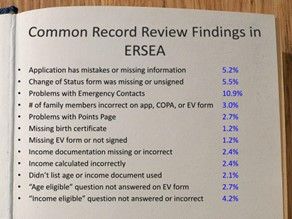Are you a Head Start Director preparing for your Focus Area 2 Federal Review? If so, you know it can be a daunting and overwhelming task. During these reviews, Head Start programs must demonstrate they are meeting the Head Start Performance Standards, making progress towards program goals and, ensuring positive outcomes for children and families.
Focus area two reviews are on-site assessments that include document reviews, classroom observations, in-depth interviews, and file audits. The Focus Area 2 review protocol is a comprehensive guide that covers six core areas essential for successful Head Start programs. These areas include program management, education and child development services, health services, family and community engagement, fiscal infrastructure, and enrollment processes.









